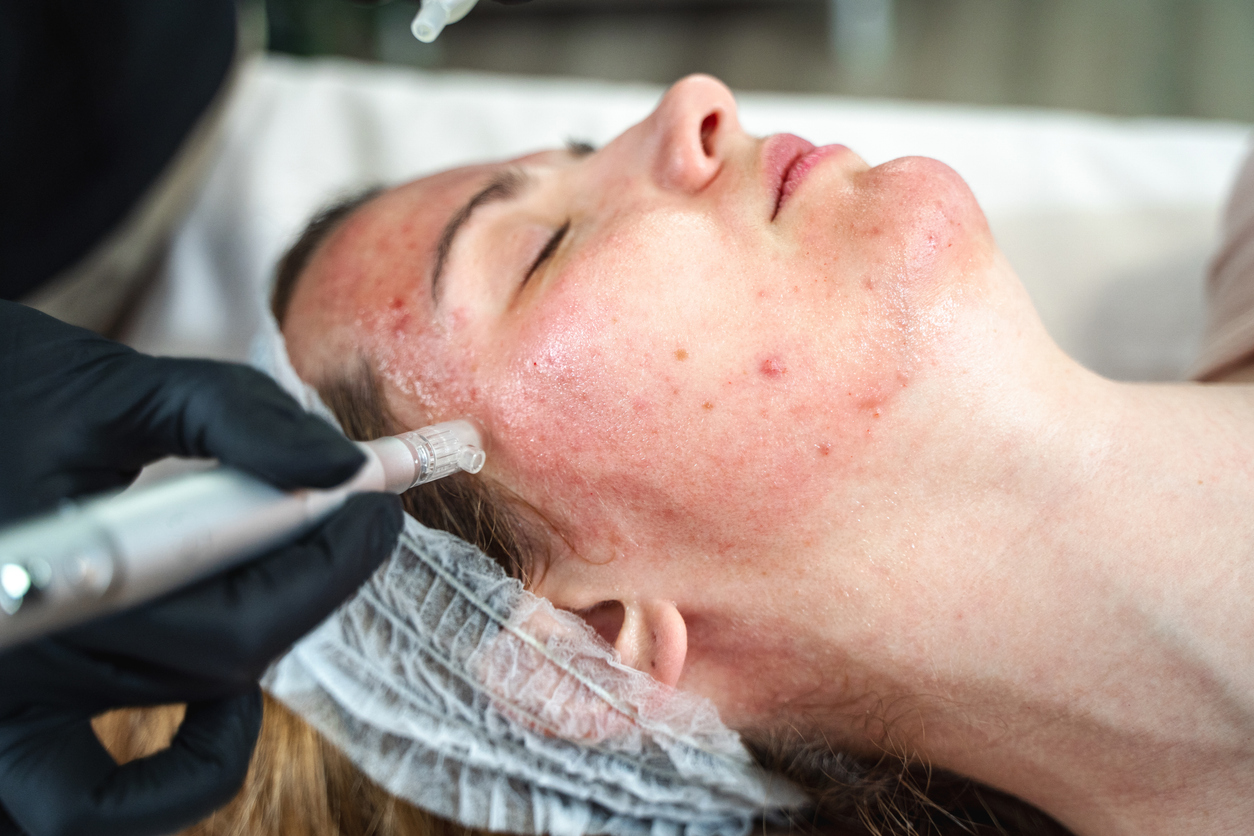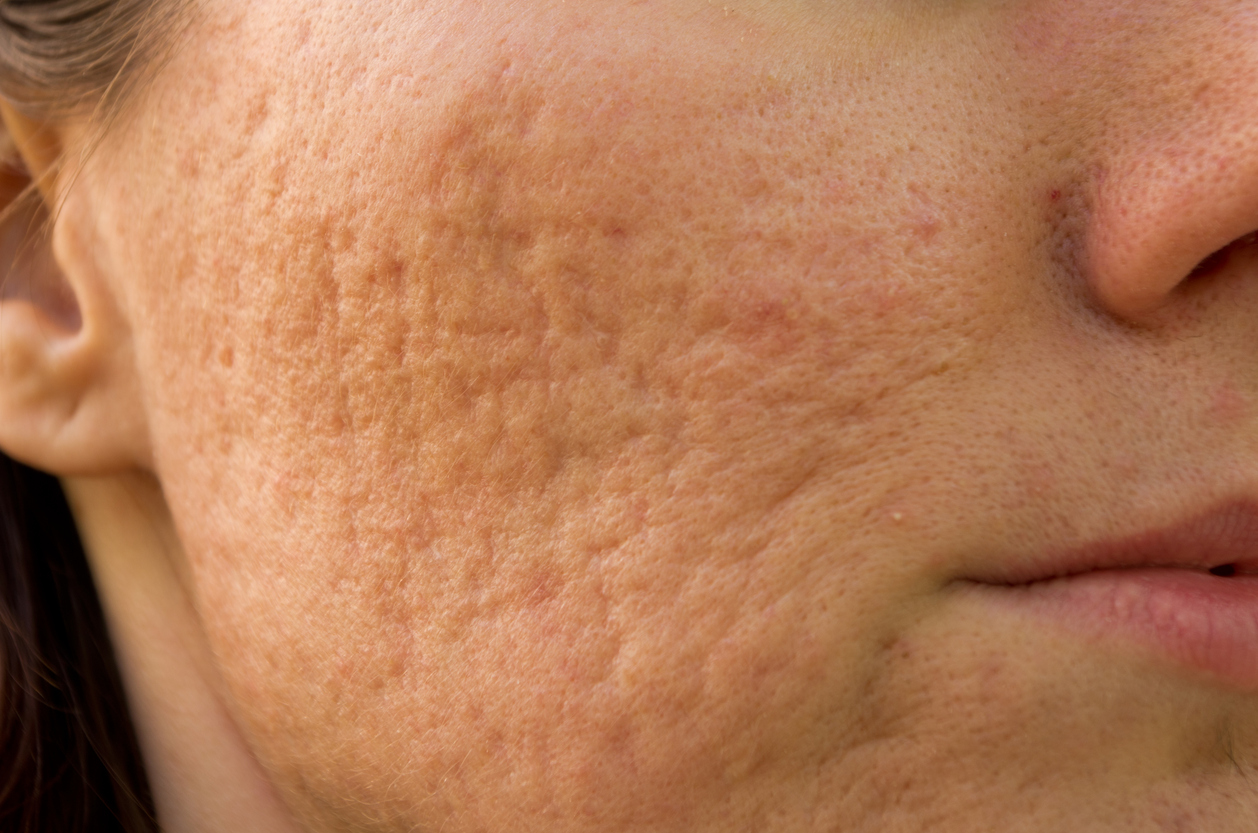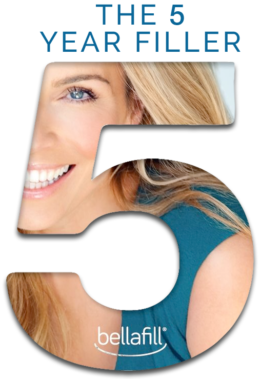Whether you suffered from severe acne breakouts that left numerous scars on your face or…

Types of Atrophic Scarring: How They Differ and How to Treat Them
Scarring is a natural part of how our skin heals, but it comes in different forms. Atrophic scars, for example, can be particularly tricky to address because of their unique indentations. These occur when the body doesn’t produce enough collagen during healing, often stemming from challenges like severe acne.
While atrophic scars can make people feel self-conscious, it’s important to remember that there are effective ways to manage them and boost confidence! In this blog, we’ll explore what causes atrophic scars, the different types and how they vary, and the most effective treatments, including services offered at Vargas Face and Skin, to help you restore a smoother, more confident complexion.
What Causes Atrophic Scarring?
Atrophic scars form when the skin’s ability to regenerate tissue is impaired. When the body fails to produce enough collagen to rebuild the damaged skin, it leaves behind a sunken or pitted area. While these scars are most commonly associated with acne, they can also occur due to injuries, surgeries, or certain skin conditions like chickenpox.
But what influences the likelihood of developing atrophic scars? A combination of internal and external factors can contribute, including:
Diet and Food Choices
- High-sugar diets, processed foods, and excessive dairy consumption can trigger inflammation in the body, which slows the skin’s healing process.
- Dairy products are also linked to increased sebum production and hormone fluctuations, which may exacerbate acne and worsen scarring.
Stress
- Chronic stress disrupts the body’s ability to repair and regenerate skin, often resulting in prolonged healing times and weaker collagen production.
Lack of Exercise
- Exercise improves circulation and helps deliver essential nutrients and oxygen to the skin, aiding in its repair. A lifestyle with little exercise can slow these processes, potentially leading to more noticeable scars.
Inadequate Skincare Routine
- Poor skincare habits, such as inadequate cleansing or neglecting sunscreen, can worsen skin issues and hinder optimal healing.
Genetics
- Some people may have a genetic predisposition to atrophic scarring due to how their skin produces and repairs collagen.
Understanding these causes makes it easier to address contributing factors and explore treatments that can minimize the appearance of atrophic scars.
Types of Atrophic Scarring and How They Differ
Not all atrophic scars look the same. The type of scar depends on the severity of the skin damage and the body’s healing response. Let’s break down the main types of atrophic scarring and how they differ:
Ice Pick Scars
- Appearance: Narrow, deep indentations that resemble small holes in the skin, resembling puncture marks.
- Cause: Typically caused by severe acne or chickenpox.
- Characteristics: These scars extend deep into the dermis, making them some of the hardest to treat.
Boxcar Scars
- Appearance: Wider than ice pick scars with defined edges, creating a box-like appearance.
- Cause: Result from inflammatory acne or trauma to the skin.
- Characteristics: Boxcar scars are shallower than ice-pick scars but are more noticeable because of their sharp, well-defined edges.
Rolling Scars
- Appearance: Wavy, uneven depressions in the skin that give it a rolling texture.
- Cause: Often caused by long-term acne that damages the dermis.
- Characteristics: These are typically wider than boxcar scars, and their sloping edges create a less defined but textured appearance.
Understanding the differences between these scars is essential for using the most effective treatment, as each type responds differently to various interventions.
Treating Atrophic Scars at Vargas Face and Skin
At Vargas Face and Skin, we offer advanced treatments tailored to address all types of atrophic scars. Our team specializes in restoring your skin’s natural beauty with minimally invasive, results-driven procedures. Here are some of the most effective options:
Microneedling
- How It Works: Microneedling uses tiny needles to create micro-injuries in the skin, stimulating collagen and elastin production.
- Best For: Ice pick scars, boxcar scars, and rolling scars.
- Results: Smoother skin texture and reduced scar depth over multiple sessions.
Chemical Peels
- How It Works: Chemical peels exfoliate the top layers of skin, promoting cell turnover and improving texture.
- Best For: Shallow boxcar scars and rolling scars.
- Results: Brighter, more even skin tone with reduced visibility of scars.
Laser Resurfacing
- How It Works: Laser treatments target the damaged layers of skin, encouraging collagen production and resurfacing the skin for a smoother appearance.
- Best For: Ice pick scars and boxcar scars.
- Results: Significant improvement in scar appearance after multiple sessions, with downtime depending on the laser type.
Dermal Fillers
- How It Works: Fillers are injected beneath the skin to lift depressed scars and smooth their surface.
- Best For: Rolling scars and shallow boxcar scars.
- Results: Immediate improvement with long-lasting results, depending on the type of filler used.
Platelet-Rich Plasma (PRP) Therapy
- How It Works: PRP involves using your body’s platelets to stimulate healing and collagen production when applied to the skin.
- Best For: Enhancing results from microneedling or laser treatments.
- Results: Accelerated healing and improved skin texture over time.
Now It’s Time To Visit Us!
Atrophic scars can be frustrating, but understanding the different types of atrophic scarring and their causes is the first step toward effective treatment. Whether you’re dealing with ice pick scars, boxcar scars, or rolling scars, advanced treatment is available to help improve your skin’s appearance and restore your confidence.
At Vargas Face and Skin, we specialize in customized treatment plans to address all types of atrophic scars. We offer state-of-the-art procedures like microneedling, laser resurfacing, and PRP therapy to help you achieve smoother, more radiant skin.
Ready to take the next step in your skincare journey? Schedule an appointment with Vargas Face and Skin today and discover how we can help you reclaim your confidence and achieve your skincare goals.






